We Are a DESIGN Studio, Part III: Our Design Services are Client-Centric and Adaptable
- Michaela Thomas
- Jun 21, 2018
- 5 min read
At B&H our services as a DESIGN studio are designed to accommodate the needs of many different types of clients. Some clients are still operating on traditional growth models, some have moved ahead to brand-depth and innovation growth models, and some are somewhere in between. Our services are adaptable, and we give both kinds our full professional attention and many years of experience.

At Butterflies & Hurricanes we strive to practice what we preach (Blog post on customer-centricity).
We have been urging our clients to design more customer-centricity into their products and brands for several years (our first was in January, 2015). So we have designed, and are continually redesigning, our services to be more customer- or client-centric, in order to help the greatest number of companies adapt to new, rapidly changing realities. Or offer them traditional design if that is what they want, and always strive to bring added value no other studio is offering.

Below I will talk about WHY and HOW, but first here is WHAT we do:
The path to a sustainable company (and sustainable profits) and more sustainable living for the planet’s people is a long process. Sometimes slow, sometimes fast. It depends on the company. We adapt our services and designs to each client individually.

Design: "Designing is dreaming. It is our passion. It is problem solving. Our core design areas are packaging, branding, and corporate identity. We specialise in food and drink packaging. We also do store, shop, service, web, presentation and sales-pitch design."
We help companies gauge what they need with where the market is moving, and, in partnership with the client, design accordingly. Sometimes we present tiny steps, merely as possibilities. Other times we present big steps, when a client demonstrates readiness.

Our clients are in business. We are a design business. Profit is a motivation, just not our highest motivation. Sustainability is not an environmental movement, it is a better a business model.
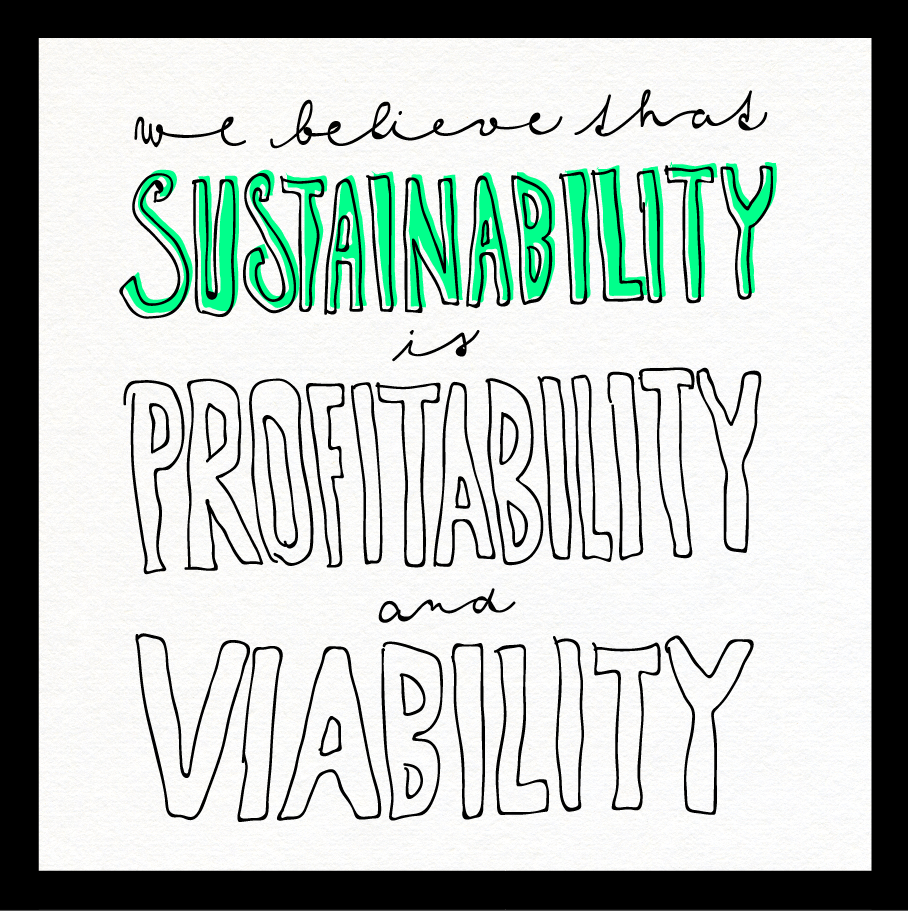
100% sustainability may never be reached by any company, but the value is in being on the path. The value is in progress. This is the path of innovation and new opportunities. We strive to make the opening to the path visible, and support our clients in making the right decision for their needs, and the needs of their customers.
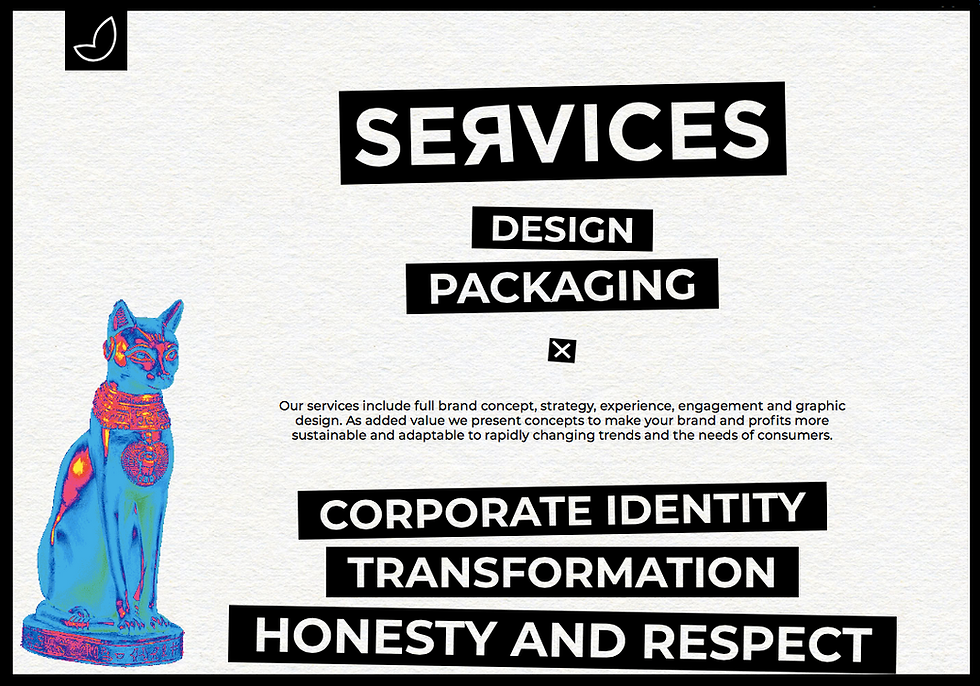
Branding: "Our services include full brand concept, strategy, experience, engagement and graphic design. As added value we present concepts to make your brand and profits more sustainable and adaptable to rapidly changing trends and the needs of consumers."
If a company is not ready for change, we meet them where they are in their Zone of Proximal Development. And we bring added value: we present clients with options of direction and design, especially fitted to their company, and let them judge for themselves.

Honesty and Respect: "These may not seem like a service, but we feel they are in short supply in much of the business world, especially in marketing and advertising. If we can't do something we will be honest with you about it up front, because we respect you enough not to waste your time or take your money for something we cannot deliver."
HOW we are designing our services for client-centricity:
We have been applying some of the principles of Universal Design for Learning (UDL) to design our services page—and our whole website—to be accessible for different types of users with different needs and objectives. The above services list is for the quick look; for more text-oriented people, who just want to know if we do what they need, before they spend any more valuable time on the site.

Then for a more in-depth look at our different levels of design and design thinking we have created diagram that caters to more visually oriented users.

(Above) Our interactive design services diagram (a work in progress).
Understanding that companies adapt to new realities at different rates, the challenge is how to reach those clients who are still seeking a more traditional level of design, as well as those who are working with new models. The above diagram lays out the two paths side by side.

The diagram is design for visually-oriented people, color-oriented people, flow-oriented people, and text oriented people. It has pop-up bubbles with text for more details. This will eventually include audio and video as well.
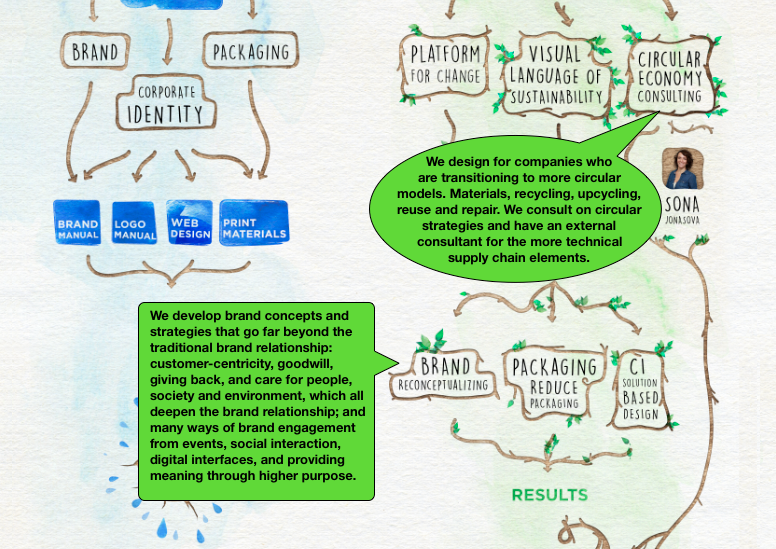
(Above) A draft detail of our design diagram pop up text bubbles, for further explanation.
WHY we offer more than traditional design services.
The short answer is survival. The old growth models of the take-make-waste economy, are giving way new growth models based on brand-depth (customer-centricity and the principle of “goodness” or “giving back”) and innovation (or the myriad opportunities that open up when a company begins transitoning to the circular economy), along with the rise in the services and knowledge economy.
Intensified global competition for resources (GMT 7), European Environment Agency report.
In short, the 20th Century take-make-waste model has rapidly been using itself up—growth from this model is slowing. Resources, as they become more scarce, are becoming more expensive, as is the cost of waste management. Laws are beginning to appear that will place restrictions on the old model and incentivise the new ones. The circular economic model can greatly reduce the cost of resources. (See this article in Forbes), and the video at the bottom of this post).

Companies that do not transition will struggle to survive, and many will fail. New companies who are starting off with the new models and design their businesses for the circular economy will have a huge, even disruptive, advantage.

The good news is that the solution to the changing-models problem is design. Design for the services and knowledge economy, as well as for the circular economy. We are helping companies transition out of a sense that it is what is right, and because we want to leave a decent world for our children—that is our higher purpose.
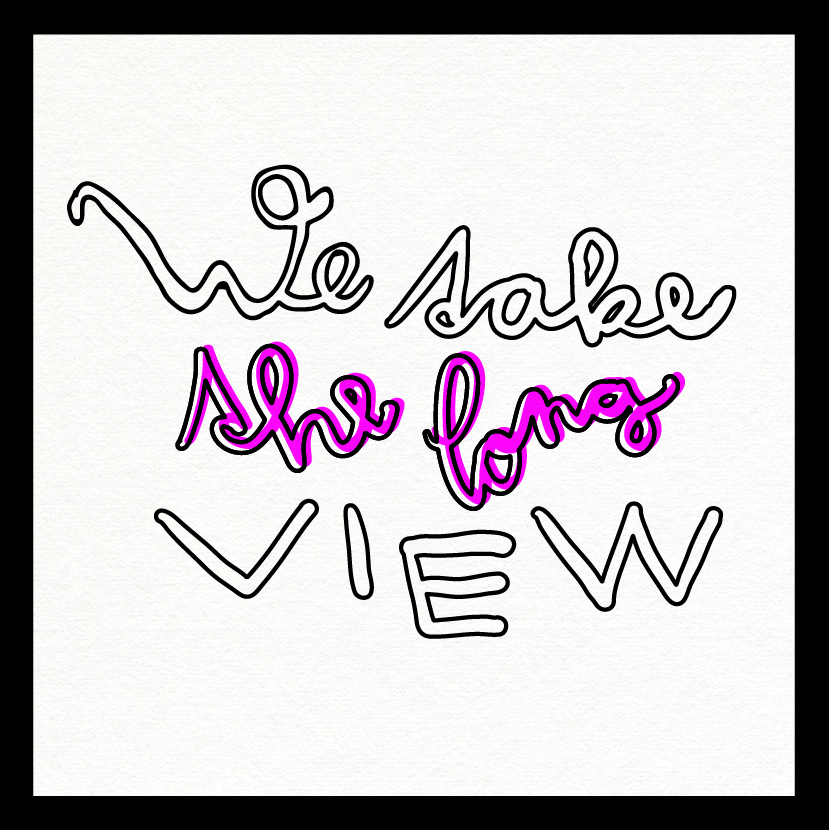
And there is also the pragmatic side: We design for success, but for the new definition of success where responsibility to customers, people and planet come first. Profit is still important, but is second to, and depends on, that responsibility. Being a successful company also means being viable and agile, which means companies that are able to transform themselves to fit the new economic, social and environmental realities of the times.

The more we help clients transition, the more clients we can serve, and the more financial resources we have available to help us achieve our higher purpose, and our clients achieve their objectives and higher purposes.
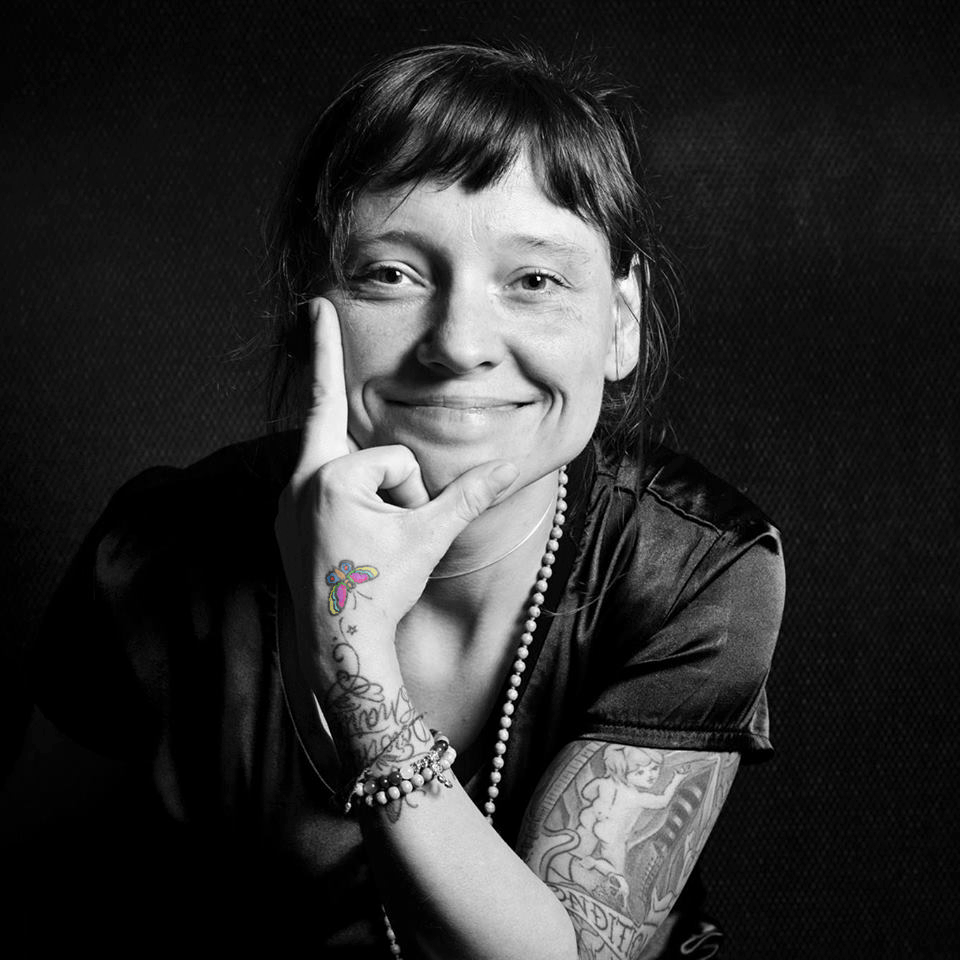
Michaela Thomas is the owner and design director of Butterflies & Hurricanes. She is married, has three children and a BIG dog.
Video: The transition to the circular economy is about redesign. This is the innovation that leads to a new kind of economic growth, without the waste and environmental damage. And the goodwill created by this form of production, can greatly increase the depth of the brand relationship and loyalty.
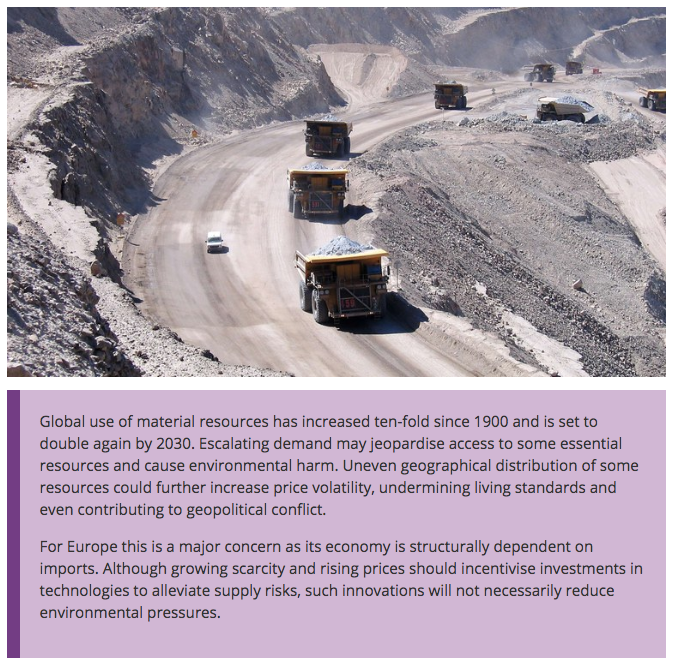









Comments